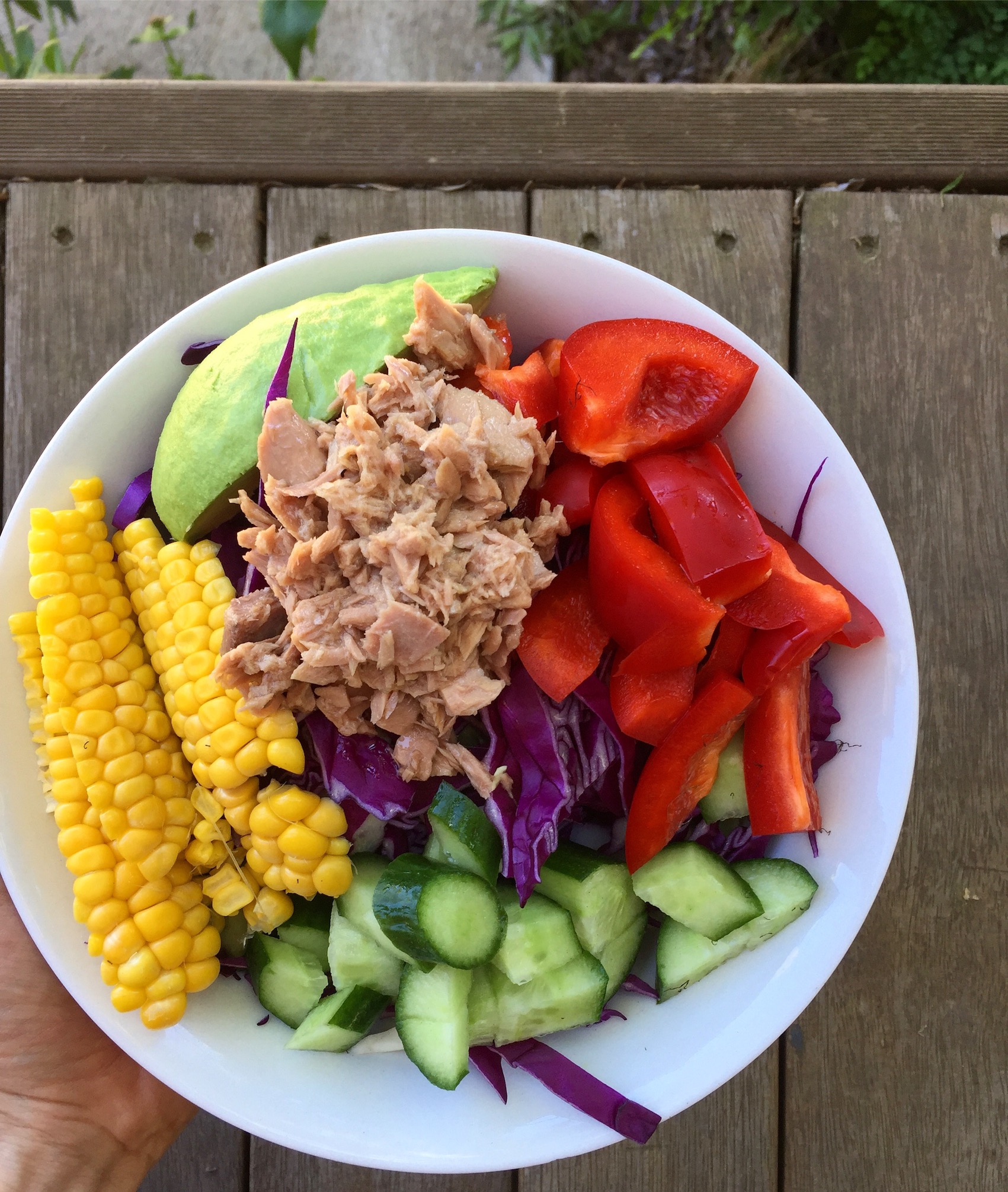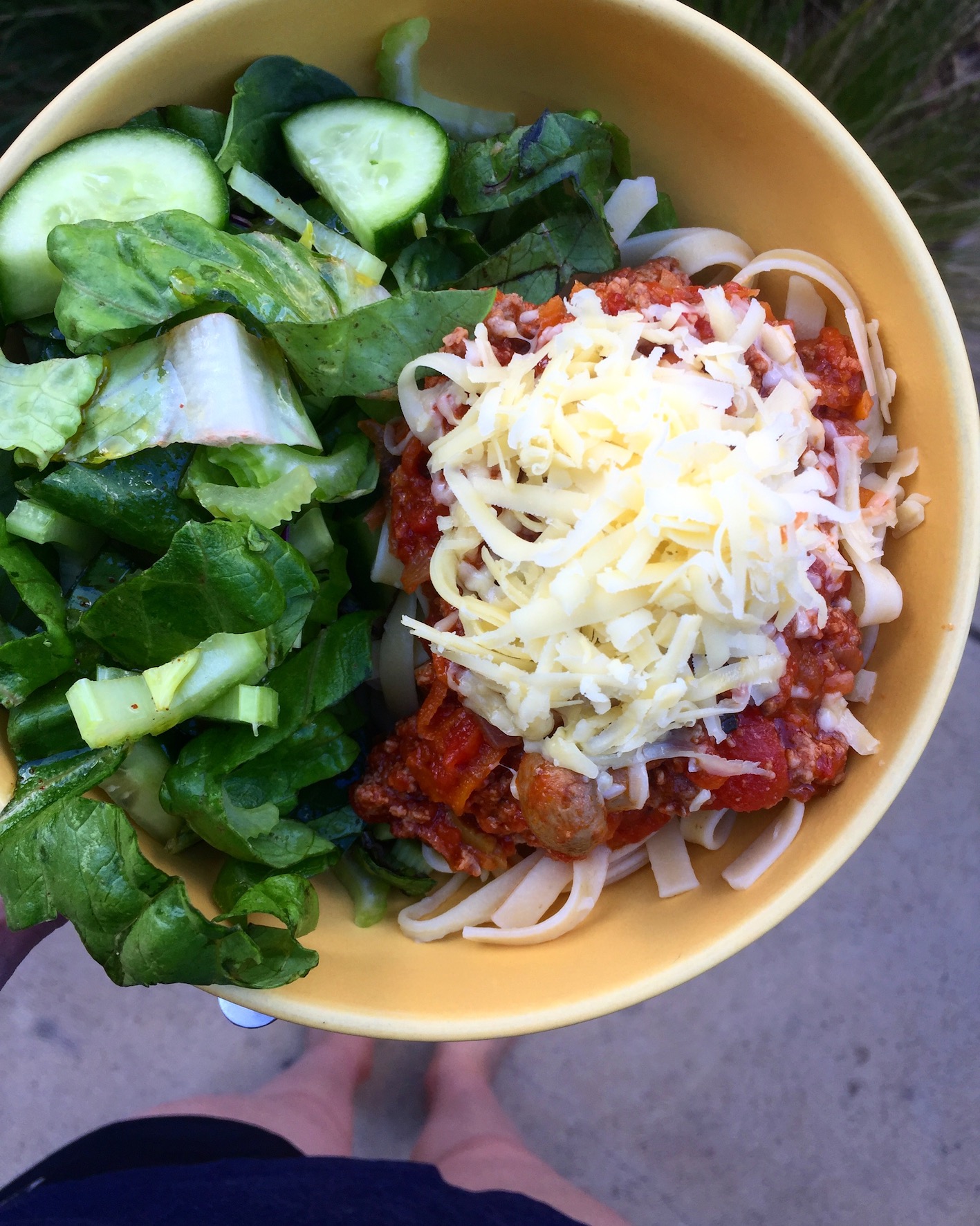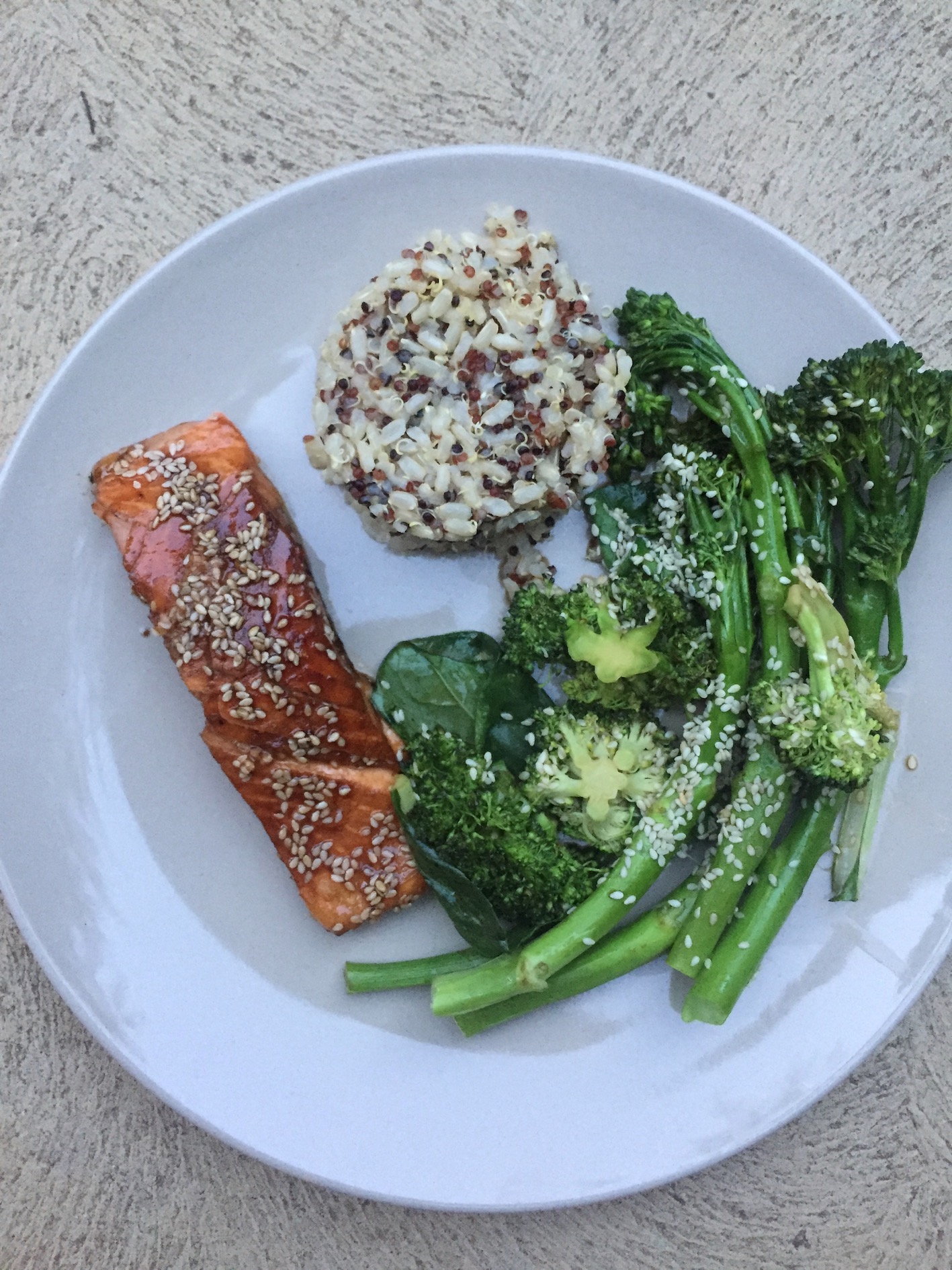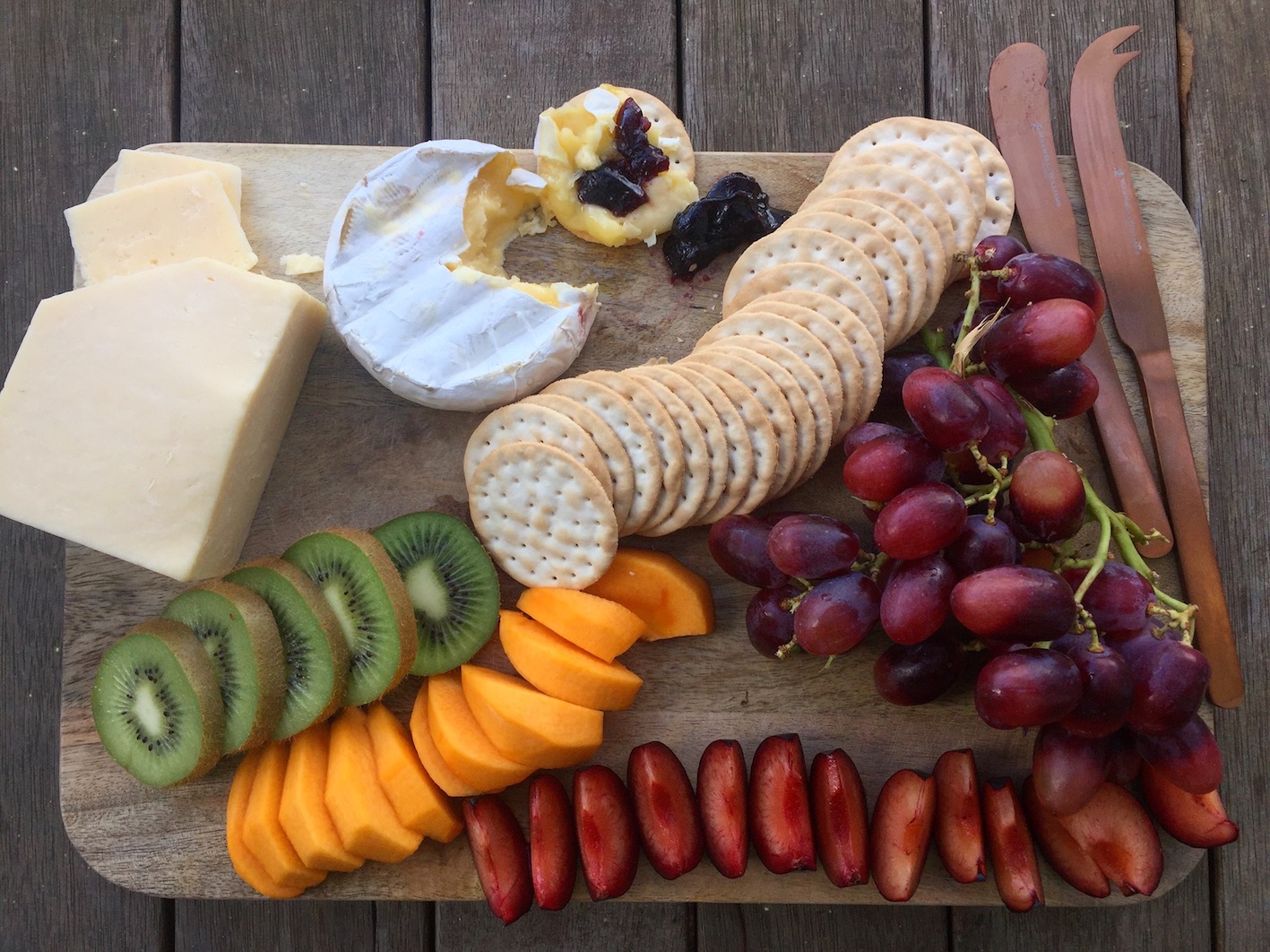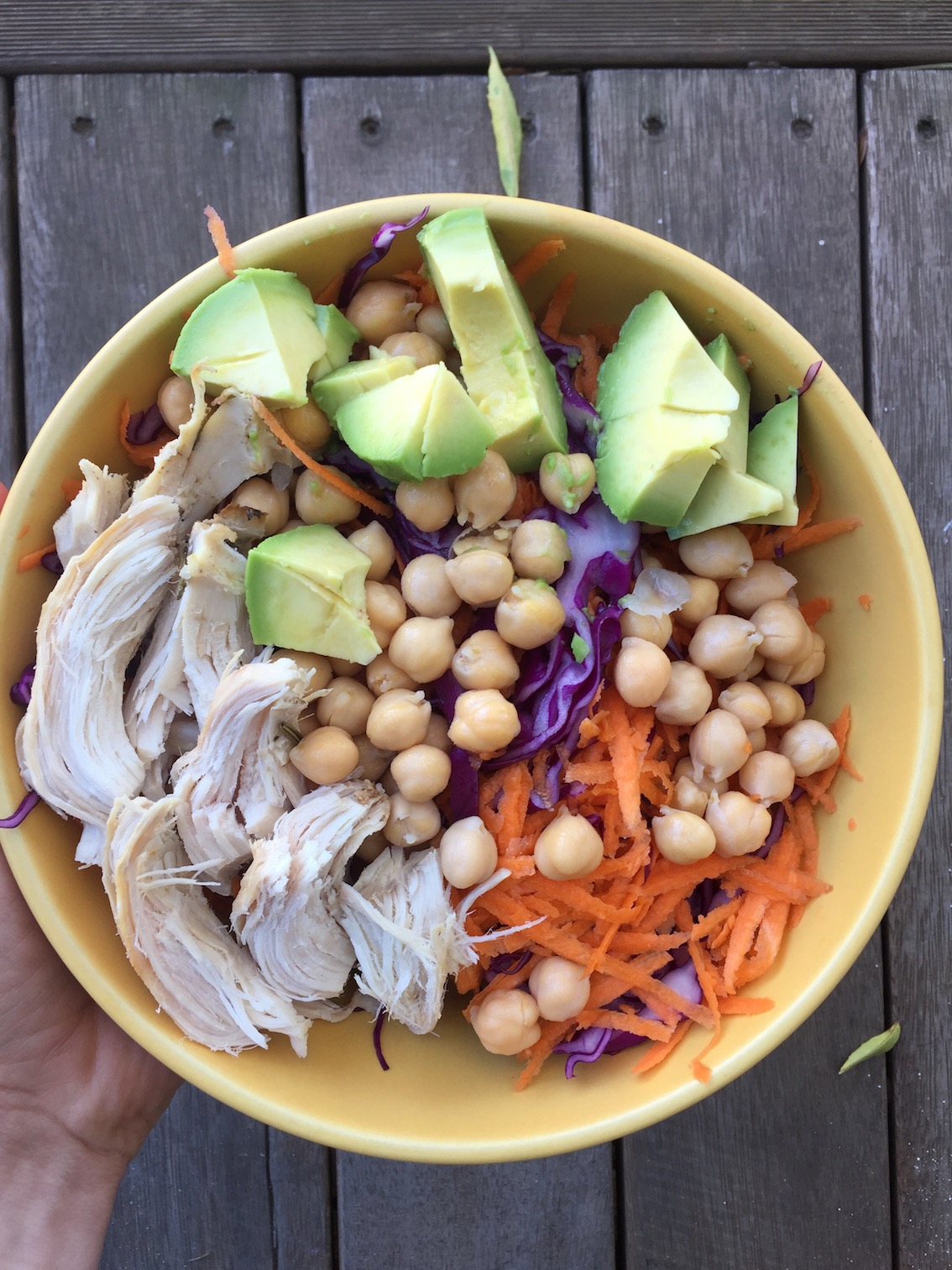Key Principles Of A Balanced Meal Plan
Each week I write a rough meal plan of what we will have for lunches and dinners for the next week. This helps us to know what to buy when doing the grocery shopping and means I don’t have to spend time thinking about what we will eat for dinner during the week. My approach is very flexible, balanced and it makes my life easier, not more stressful. I believe meal planing should be a helpful tool which removes stress from your life during the week, not something that is scrutinised and adds in extra pressure. With many years of studying nutrition and working in this field, I’ve learned that simple is often better, and we don’t have to overcomplicate our diets to improve our health.
I also often get asked to write meal plans for other people, so I though it would be helpful for me to share a few principles that I like to follow when I am planning my meals for the week. You might find that these principles help you too. Here is a link to my previous post about how to write a meal plan, these two posts compliment each other.
Balance - most of the time I like to follow the healthy plate model when planning my meals, this means that around half to 1/3 of the meal is colourful veggies, 1/4 of the meal is a lean protein, 1/3 of the meal is a smart carbohydrate, and included is a small amount of healthy fats or dressings. Here is more details on how to construct a healthy meal if you are interested. This helps me to feel satisfied from my meals and ensures i’m not constantly hungry, using this strategy I also am able to regularly reach my goal of feeling better after eating than before I started, and this is because generally vegetables make me feel really good.
Variety - variety is important to increase the amount of nutrients we have in our diet, but also to keep things interesting. Eating the same thing everyday gets boring, and when our food isn’t interesting or appealing it is only a matter of time before we look for more ‘interesting’ options, that perhaps aren’t the best choices for us. Getting creative with trying new recipes is a great way to keep things interesting, as too is trying different types of legumes, grains, fruits, vegetables and meats. I try to make up or follow 1 new recipe per week, this is achievable for me and it also helps to add new recipes to my repertoire.
Colours - generally the more colours the better. We get different vitamins, minerals and antioxidants from different coloured fruits, vegetables and legumes, so it’s a great idea to mix things up. Furthermore, our healthy gut bacteria thrive off diets containing more diversity. Diets containing 30 different plant food per week have been found to be correlated with a much higher diversity in gut bacteria (which is a good thing) than diets with 10 or less plant foods per week. I like to add different fruits, nuts and seeds to yoghurt or oats, and try to add a range of different vegetables to soups, salads and pasta dishes. I also add lentils, chickpeas or beans to any dish that I can, which helps to add in more colours and plant proteins. Shopping at a farmer’s market can be a good way to increase variety of vegetables and fruit throughout the year, as what’s on offer is the seasonal produce. It can be fun to buy a new vegetable that you haven’t tried before, and google a recipe when you get home, you never know it might be your new fave.
Enjoyment - enjoyment is a very important part of any meal plan. Eating foods that are healthy, delicious and satisfying is the key to sustainability. There is room in your diet for all of the things that you enjoy, and when we learn to include these foods in to our diet in a considered way that is also balanced, then we no longer have to be ‘on’ or 'off’ our eating regime. Balancing the things you love might mean that you prepare a delicious salad to have with your pizza, or have some veggies and hummus along with the chips, or a salad or extra veggies on the side of our pasta. Enjoying the foods you love as part of a balanced meal means that you get to enjoy the foods you love, which is essential, as cutting out the foods we love never lasts for long anyway. This also means we are getting the nutritious foods that our bodies thrive off so it leaves us feeling more satisfied after eating, it’s a win-win.
Below are some of my favourite balanced meals that feature regularly in my diet.
As a dietitian and nutritionist in Canberra, I work with people to help them achieve their health goals, and equip them with the knowledge and skills to help them make the best decisions for them. If you would like support and guidance with making changes to your eating patterns and health outcomes, get in touch! I'd love to hear from you.
If you found this article helpful, share it to your family and friends!
Follow me on Instagram, if you're not already doing so, I regularly post easy meal ideas.
